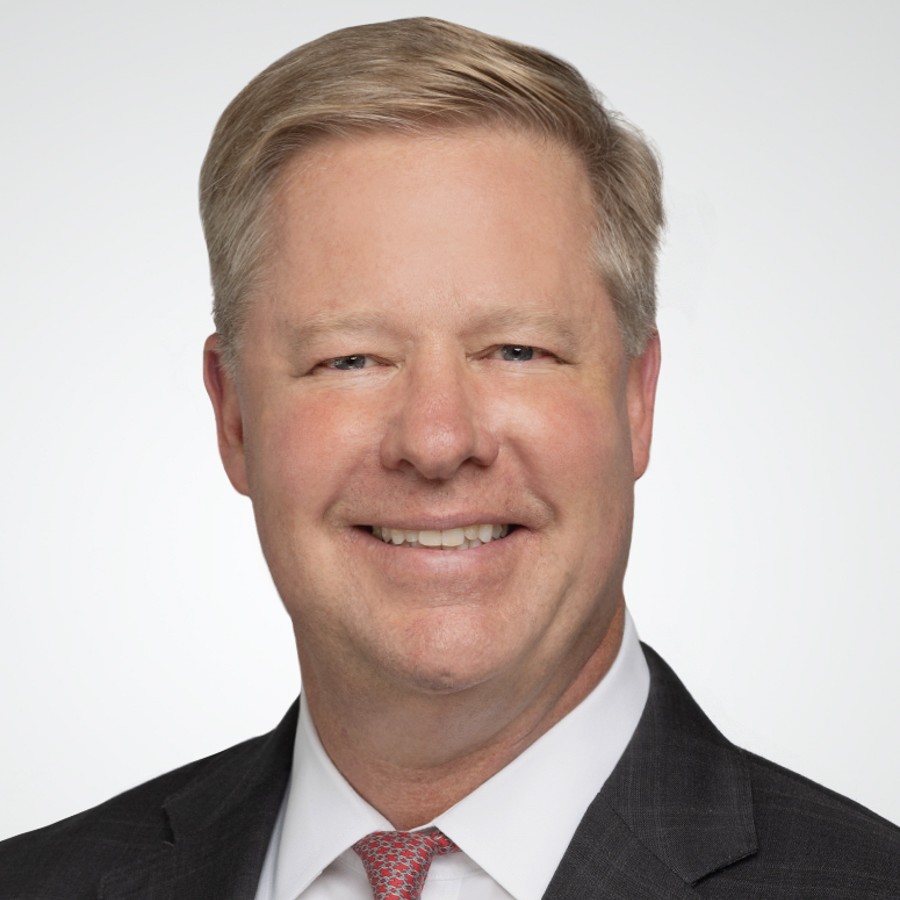As family offices develop as a sector, a topic that they must wrestle with is how to replace employees who want to retire and move to other opportunities. And UHNW families hoping to have a quieter life outside of business, handling this sort of succession isn’t an easy prospect.
A lot of family offices have succession thinking to do. According to what Deloitte called its conservative estimate on numbers, there are 3,550 single-family offices in North America, surging by a 61 per cent increase from 2019. Two-thirds of all the family offices in the US were formed in the past 25 years. This is, to an extent, a young industry. But as time rushes by, a chunk of these organizations will need fresh staff.
“The family office sector is rapidly professionalizing, with advances in operations, compensation, and investment practices. Increasingly, these entities have moved into complex asset classes such as private equity, real assets, commodities, venture capital, and private credit,” Mike Selfridge , head of client and family office solutions at Bessemer Trust, told FWR in a recent call.

Mike Selfridge
“This has heightened the need for more specialized expertise and experience. Recruiting and retaining such talent remains a challenge. In light of these hurdles, the hybrid approach – partnering with a multi-family office and other service providers – is emerging as a logical way forward for single-family offices to professional and scale operations," he continued.
Much depends on how large a SFO is – those with billions of dollars in AuM have much more of a “business” operational look and feel. With smaller SFOs, this is less the case, he said. “There is growing interest in the hybrid family office model, which offers greater flexibility in navigating potential resource constraints while supporting the office’s growth,” Selfridge said. He added that a more stringent regulatory environment and rising costs over the past decade have underscored the appeal of economies of scale, making the hybrid model increasingly compelling.”
Selfridge argues that one of the greatest challenges family offices face is attracting and retaining the right talent as experienced professionals retire. The shortage of skilled professionals in the US is particularly acute in specialized areas such as alternative investments.
His own career is an example of how the family office sector has become more prominent in recent years. Prior to joining Bessemer in 2023, Selfridge was with First Republic Bank, having served as chief banking officer and also as chief operating officer. Before that, he worked at Silicon Valley Bank, most recently serving as the head of US regional banking. Prior to this, he worked in corporate banking at HSBC. At Bessemer, before his current role, he served as the firm’s region head in the Pacific Northwest and Mountain regions and as head of client credit advisory.
Quality really counts
“It is not enough to allocate capital to alternatives – success depends on selecting the right opportunities and managers,” he said. “In venture capital our research suggests that, for example, the dispersion of returns between top- and bottom-quartile managers can exceed 20 per cent, which can mean the difference between exceptional performance and significant underperformance.”
“For a single-family office, having the right people and expertise in place to evaluate opportunities, get manager access, and discern which investments truly merit capital is important. When it comes to attracting talent, family offices often need to take a creative approach. For example, if one is recruiting a senior investment professional or general partner with significant, existing carried interest, then structuring creative carried interest arrangements can be an effective way to align incentives and hire the right talent,” he said.
One way to handle the complexities of succession planning for people working in family offices is to consider a multi-family office and other “hybrid” models, Selfridge said.
“We often hear from families who tell us they initially explored setting up their own family office but quickly found it to be more difficult, expensive, and cumbersome than anticipated. Building the right infrastructure, hiring and retaining top talent, and managing the ongoing governance and compliance requirements can be overwhelming,” he continued. “That’s why many families ultimately turn to multi-family offices such as Bessemer to access institutional-quality capabilities, seasoned expertise, and a trusted partner without the heavy lift of creating a standalone office.”
A long-standing concern is what to do in-house and what to outsource.
“There is no bright-line rule that says 'you can outsource up to X per cent of your operations and still be a single-family office.’ The purpose is to centralize the management of the family’s financial, personal, business, and often philanthropic affairs,” Selfridge said. “The title itself really varies. What does matter are certain core competencies that be retained or outsourced – legal, regulatory, and control requirements – especially under regulatory frameworks that can be threatened or compromised if you outsource too much, or too little, or in the wrong way,” he concluded.
